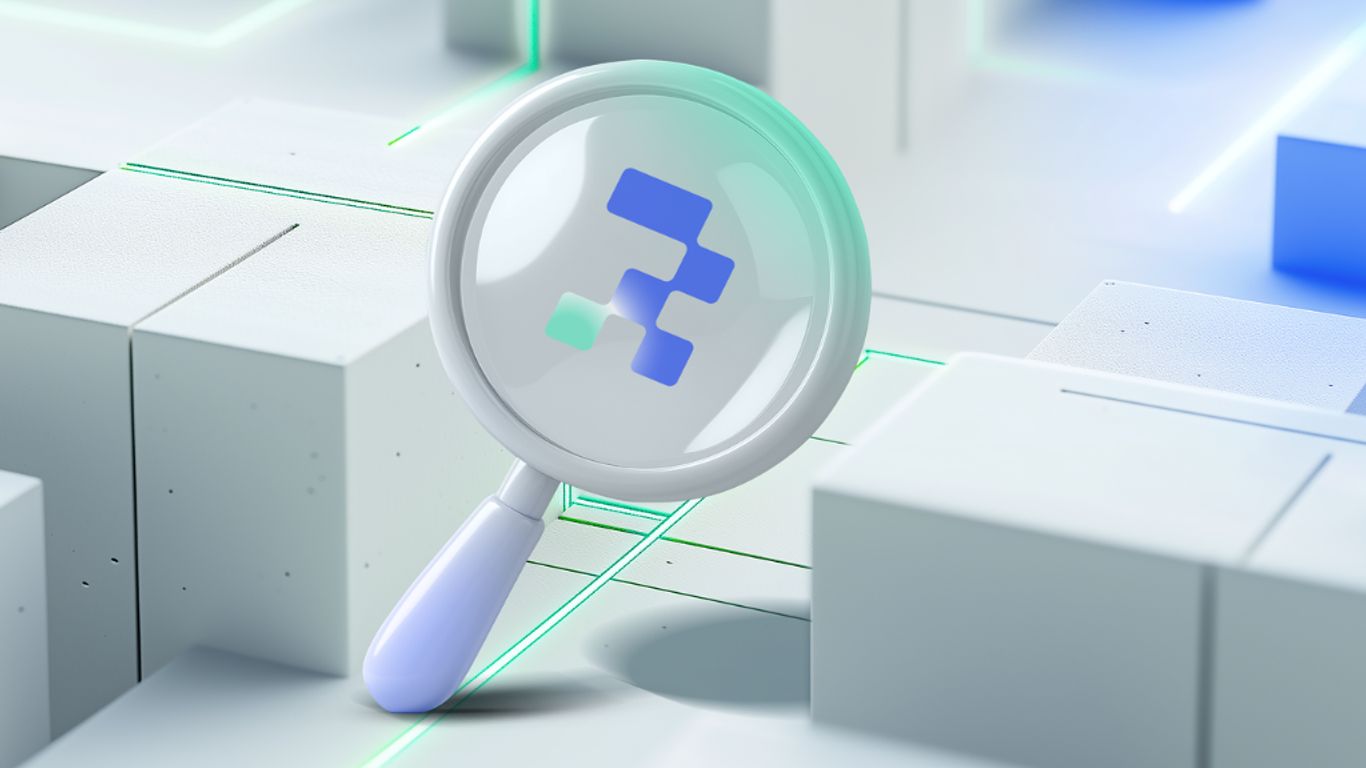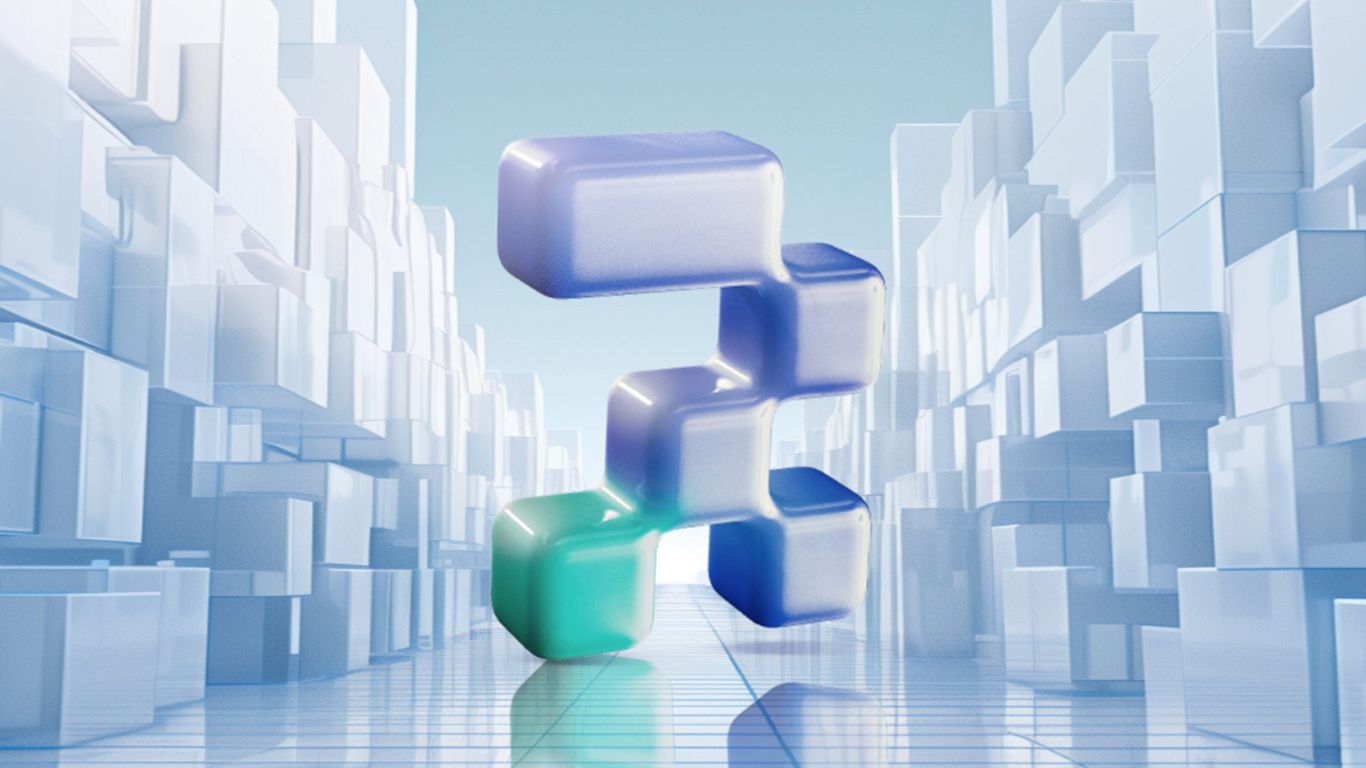Building big infrastructure projects, like new roads or power grids, usually takes a ton of money. Getting that money often involves a lot of paperwork, middlemen, and can be pretty slow. But what if there was a better way? Blockchain technology, the same stuff behind cryptocurrencies, might just be the answer. It could change how we find money for these projects, making the whole process faster, more open, and maybe even cheaper. This article explores how blockchain can help with decentralized infrastructure funding.
Key Takeaways
- Blockchain can make getting money for projects simpler with automated agreements.
- It helps make sure everyone can see where money goes, which means less chance of bad stuff happening.
- Using blockchain can cut down on costs for big projects.
- More people might be able to invest in these projects, and their money could be used quicker.
- There are still some things to figure out, like how blockchain fits with old financial systems and new rules.
Revolutionizing Infrastructure Funding Through Blockchain

Blockchain tech is starting to look like it could seriously shake up how we pay for big infrastructure projects. For years, getting these projects off the ground has been a real headache, with slow processes, a lack of see-through dealings, and high costs. But blockchain? It might just be the thing to fix a lot of that.
Streamlining Project Financing with Smart Contracts
Smart contracts are a big deal here. They're basically self-executing contracts written into the blockchain. Imagine a road project: the contract could automatically release funds to the construction company as certain milestones are hit – paving complete, bridge built, etc. This cuts out a lot of the back-and-forth and paperwork, making things way faster and less prone to delays. Plus, everyone can see what's going on, so there's less room for funny business. venture capital is also seeing a similar transformation.
Enhancing Transparency in Capital Allocation
One of the biggest problems with traditional infrastructure funding is that it's often hard to see where the money is actually going. Blockchain can change that. Every transaction is recorded on a public ledger, so you can track funds from the initial investment all the way to the finished project. This kind of transparency can build trust with investors and the public, and it can also help to prevent corruption.
Reducing Transaction Costs for Decentralized Infrastructure Funding
Think about all the middlemen involved in a typical infrastructure project: banks, lawyers, escrow services. They all take a cut, which adds to the overall cost. Blockchain can cut out a lot of those middlemen by automating processes and making transactions more direct. This can save a ton of money, which can then be reinvested in the project itself. Plus, with lower transaction costs, it becomes easier to attract smaller investors, opening up new sources of funding.
Blockchain's ability to create a transparent and efficient system for infrastructure funding is a game-changer. It's not just about saving money; it's about building trust and ensuring that these critical projects are completed on time and on budget.
Key Blockchain Applications for Infrastructure Development
Blockchain tech isn't just for crypto anymore; it's finding some pretty cool uses in building and managing infrastructure. Think roads, bridges, power grids – the stuff that keeps our world running. Let's look at some specific ways blockchain is changing the game.
Tokenization of Infrastructure Assets
Imagine owning a piece of a bridge or a solar farm. That's what tokenization makes possible. Instead of complex paperwork and legal hurdles, blockchain lets you break down big infrastructure projects into smaller, tradable digital tokens. This opens up investment opportunities to a wider range of people. It's like crowdfunding, but with more security and transparency. Plus, it can really help projects get off the ground faster by tapping into new sources of funding. Tokenization can redefine asset ownership.
Decentralized Exchanges for Project Investment
Traditional investment in infrastructure can be slow and clunky. Decentralized exchanges (DEXs) offer a faster, more efficient way to buy and sell tokens representing infrastructure assets. No more waiting for banks or brokers; you can trade directly with other investors. This increased liquidity can make infrastructure projects more attractive to investors, as they know they can easily cash out if needed. It also cuts down on fees and paperwork, making the whole process smoother.
Automated Payments and Contract Management
Smart contracts are self-executing agreements written into the blockchain. They can automate payments to contractors, suppliers, and even investors, based on pre-defined milestones. This reduces the risk of delays or disputes, as everything is transparent and verifiable on the blockchain. Think of it as a digital escrow service that automatically releases funds when certain conditions are met. This can really improve project governance and efficiency.
Using blockchain for infrastructure isn't just about the tech; it's about building trust and accountability into the system. By making everything transparent and verifiable, we can reduce corruption and ensure that projects are completed on time and within budget.
Here's a simple example of how smart contracts could manage payments:
This table shows how payments are automatically released when specific milestones are achieved, ensuring that all parties are held accountable.
Addressing Challenges in Traditional Infrastructure Finance
Traditional infrastructure projects often face significant hurdles in securing funding and ensuring efficient execution. Blockchain technology presents innovative solutions to these long-standing problems.
Mitigating Fraud and Corruption Risks
One of the biggest issues in infrastructure finance is the risk of fraud and corruption. Blockchain's transparent and immutable ledger can significantly reduce these risks. Every transaction and contract detail is recorded on the blockchain, making it very difficult to alter or manipulate data. This increased transparency helps to build trust among stakeholders and reduces the opportunity for illicit activities. For example, tracking material procurement and payments on a blockchain can ensure that funds are used as intended and prevent inflated invoices or diverted resources.
Improving Efficiency in Project Execution
Traditional infrastructure projects are often plagued by delays and cost overruns. Blockchain can improve efficiency by streamlining processes and automating tasks. Smart contracts, for instance, can automate payments to contractors upon the completion of pre-defined milestones, reducing administrative overhead and speeding up project timelines. Also, the digitization of financial instruments can help with real-time asset management.
Here's a simple comparison of traditional vs. blockchain-enabled project management:
Facilitating Global Investment in Infrastructure
Attracting global investment to infrastructure projects can be challenging due to regulatory complexities and information asymmetry. Blockchain can help overcome these barriers by creating a more transparent and accessible investment environment. Tokenization of infrastructure assets allows for fractional ownership, making it easier for smaller investors to participate. Furthermore, blockchain-based platforms can streamline cross-border payments and reduce the costs associated with international transactions. This opens up new avenues for global investment and helps to bridge the infrastructure funding gap.
Blockchain's ability to create a single source of truth and automate key processes can transform infrastructure finance. By reducing fraud, improving efficiency, and attracting global investment, blockchain can help to build the infrastructure of the future.
Benefits of Blockchain for Infrastructure Stakeholders
Blockchain tech isn't just a buzzword; it can actually change how infrastructure projects are handled, bringing good things to everyone involved. It's about making things more accessible, accountable, and efficient.
Increased Investor Access and Liquidity
Blockchain can open up infrastructure investments to a wider range of investors. Think about it: traditionally, these projects need huge amounts of money, locking out smaller investors. But with blockchain, you can tokenize assets, breaking them into smaller, more affordable pieces. This means more people can get involved, boosting liquidity and making it easier for projects to get funded. It's like turning a giant, inaccessible cake into individual slices that anyone can buy. This tokenization of assets can really change the game.
Enhanced Project Governance and Accountability
Blockchain's transparency is a big deal. Every transaction and decision is recorded on a public ledger, making it harder to hide shady dealings. Smart contracts can automate payments and enforce agreements, reducing the risk of corruption and ensuring everyone sticks to their promises. This creates a more trustworthy environment, attracting more investment and improving project outcomes. It's like having a digital watchdog that never sleeps.
Faster Capital Deployment for Critical Projects
Traditional infrastructure funding can be slow and bureaucratic. Blockchain can speed things up by automating processes and reducing paperwork. Smart contracts can automatically release funds when certain milestones are met, cutting down on delays and getting projects off the ground faster. This is especially important for critical projects that need to be completed quickly, like building hospitals or repairing roads after a disaster. It's about getting things done when they need to be done.
Blockchain's ability to streamline processes, increase transparency, and improve accountability makes it a powerful tool for transforming infrastructure finance. It's not a magic bullet, but it has the potential to make a real difference in how we build and maintain the infrastructure that we all rely on.
Overcoming Hurdles in Blockchain Adoption for Infrastructure

Blockchain has a lot of potential for infrastructure projects, but it's not all smooth sailing. There are definitely some bumps in the road we need to address before it can really take off.
Integrating with Existing Financial Systems
One of the biggest challenges is getting blockchain to play nice with the systems that are already in place. Think about it: most infrastructure projects rely on traditional banks, investment firms, and government agencies. Trying to wedge a cutting-edge technology like blockchain into that mix can be tricky. It's like trying to fit a square peg in a round hole. We need to figure out how to make these systems talk to each other, which often means updating old software, changing workflows, and convincing people to adopt new ways of doing things. This is not always easy, and can be expensive. For example, blockchain infrastructure needs to be compatible with current systems.
Navigating Regulatory Frameworks
Regulations are another big hurdle. The legal landscape around blockchain is still evolving, and it can be hard to know what's allowed and what's not. Different countries have different rules, and sometimes there are no rules at all! This uncertainty can make it difficult to get projects off the ground, because investors don't want to put money into something that might be illegal down the road. We need clear and consistent regulations that protect investors without stifling innovation. It's a delicate balance, and it's something that governments around the world are still trying to figure out.
Developing Specialized Blockchain Talent
Finally, there's the issue of talent. Blockchain is a relatively new field, and there aren't a lot of people who have the skills and experience needed to build and manage these systems. We need more developers, engineers, and project managers who understand blockchain technology and how it can be applied to infrastructure projects. This means investing in education and training programs, and creating opportunities for people to learn on the job. Without a skilled workforce, it will be hard to realize the full potential of blockchain for infrastructure.
It's important to remember that blockchain is not a magic bullet. It's a tool, and like any tool, it has its limitations. We need to be realistic about what it can and cannot do, and we need to be prepared to address the challenges that come with it. But if we can overcome these hurdles, blockchain has the potential to transform the way we finance and manage infrastructure projects, making them more efficient, transparent, and accessible to everyone.
Future Outlook for Decentralized Infrastructure Funding
The future of infrastructure funding is looking pretty interesting, especially with blockchain getting more involved. It's not just hype; there are real possibilities for how things could change. We're talking about making it easier for projects to get off the ground, attracting more investors, and generally making the whole process more transparent. It's not going to happen overnight, but the potential is definitely there.
Expanding Cross-Border Investment Opportunities
Blockchain could really open up global payments for infrastructure projects. Right now, investing across borders can be a pain with all the regulations and different financial systems. Blockchain could streamline a lot of that, making it easier for investors from anywhere in the world to put money into projects, even in places where it's traditionally been difficult to invest. This means more projects could get funded, and it could lead to better infrastructure in developing countries.
Fostering Sustainable Infrastructure Development
Blockchain can help make sure infrastructure projects are actually sustainable. By tracking materials and processes on a blockchain, you can verify that projects are meeting environmental standards. This transparency can attract investors who are specifically looking for sustainable investments. It also makes it harder for companies to cut corners or engage in environmentally damaging practices. Plus, smart contracts can automate payments based on meeting certain sustainability goals, providing an extra incentive to do things right.
Driving Innovation in Project Financing Models
Blockchain could lead to completely new ways of funding infrastructure. Think about fractional ownership of assets, where lots of people can invest small amounts. Or maybe new types of bonds that automatically pay out based on project performance. These new models could make it easier to raise capital and could also align the incentives of investors and project developers. It's all about making the process more efficient and more accessible.
The shift towards decentralized infrastructure funding isn't just about technology; it's about changing the way we think about financing and managing public works. It requires collaboration between governments, private companies, and the blockchain community to create a system that's both efficient and equitable.
Conclusion
So, it's pretty clear that blockchain is going to change how the finance world works. By using its secure and decentralized setup, banks and other financial places can cut down on costs for managing assets, trading, and following rules. Plus, with smart data tools built on blockchain, companies can really see what's happening in the market and spot problems before they get big. When businesses use these things, like smart contracts or security tokens, they're set up to save money and work better. They can also give customers faster service for less money. This is good for the environment too, and helps with ESG values, which we'll talk more about next time. Most importantly, blockchain can really help make the financial industry more open and trustworthy.
Frequently Asked Questions
What is blockchain, and how does it make things more secure?
Blockchain is like a super secure digital record book. Instead of one person keeping all the records, lots of computers work together to keep copies. This makes it really hard to change or mess with the information once it's written down, which is great for keeping track of money and projects.
Is blockchain only for cryptocurrencies like Bitcoin?
Nope! Blockchain can be used for many things, not just Bitcoin. It's like the internet; you can use the internet for email, shopping, or watching videos. Blockchain can be used for tracking goods, managing healthcare records, or even voting.
What are 'smart contracts' and how do they help big projects?
Smart contracts are like automatic agreements. Once certain conditions are met, the contract automatically does what it's supposed to do, like release a payment. This helps projects move faster and reduces the need for lawyers to check every little thing.
What does 'tokenizing' infrastructure assets mean?
When we 'tokenize' an asset, we turn something valuable, like a piece of a building or a road, into digital tokens on the blockchain. This makes it easier for many people to own small parts of big projects, which can help raise money more easily.
How can blockchain stop fraud and make things more honest in construction projects?
Blockchain makes it easier to see where money is going in a project, almost like a public ledger. This makes it harder for people to steal or misuse funds, and it helps everyone involved trust that things are being done correctly.
What are the biggest challenges to using blockchain for building things?
While blockchain is powerful, it's still pretty new for big construction projects. We need to make sure it works well with old systems, that governments understand and support it, and that we have enough people who know how to use this new technology.




